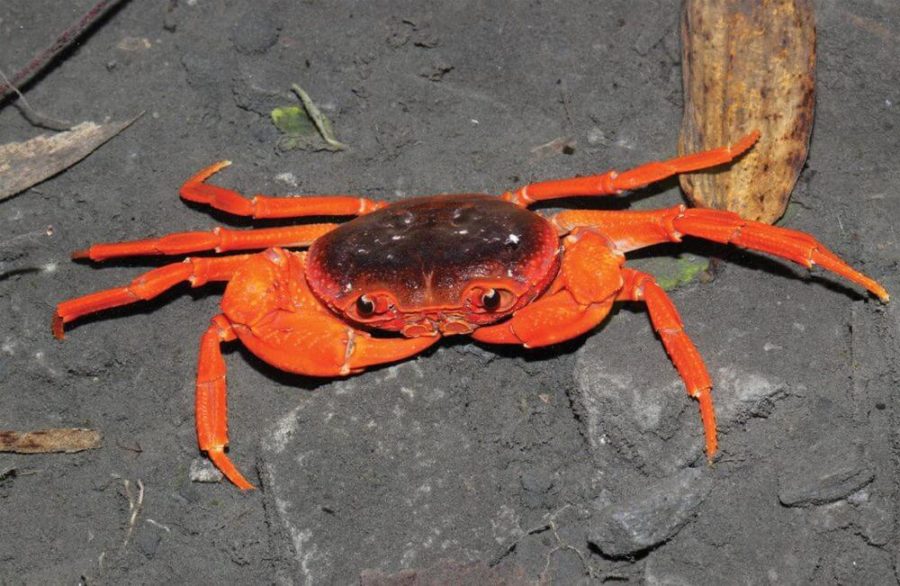Shimmering carapaces and rattling claws make colourful freshwater crabs attractive to pet keepers. To answer the demand, fishermen are busy collecting and trading with the crustaceans, often not knowing what exactly they have handed over to their client.
Luckily for science and nature alike, however, such ‘stock’ sometimes ends up in the hands of scientists, who recognise their peculiarities and readily dig into them to make the next amazing discovery. Such is the case of three researchers from University of New South Wales, Australia, The Australian Museum, Sun Yat-sen University, China, and National Chung Hsing University, Taiwan, who have found a new species and even a new genus of freshwater crab, and now have it published in the open access journal ZooKeys.
Knowing about the growing demand for eye-catching freshwater crabs from southern China, the authors took a look at the ornamental fish market to eventually identify an individual with unusually structured male gonopod, which in crustaceans is a swimming appendage modified to serve as a reproductive organ. Having their interest drawn by the peculiar crab, lead author Chao Huang managed to persuade the fish dealer to let them survey the collection site located in northern Guangdong, southern China.
Despite superficial resemblance to an already existing freshwater crab genus, at second glance, the crab turned out to be quite distinct thanks to a unique set of features including the carapace, the gonopod and the relatively long and slender legs. Once the molecular analyses’ results were also in, the authors had enough evidence to assign the freshwater crab as a species and even a genus new to science.
Being a primarily aquatic species, the new crab prefers the pools of limestone hillstreams, therefore its name Yuebeipotamon calciatile, where calciatile means ‘living on limestone’. To adapt to the habitat, the species seems to have developed its characteristic slender legs, which make it easier for the crab to climb and move around whenever the short-lived limestone hillstreams make it search for a new home.
The carapace of the new crab is usually coloured in maroon to dark brown, while the claws and legs are reddish to purplish. Interestingly, the adults are much more vivid compared to the juveniles.


